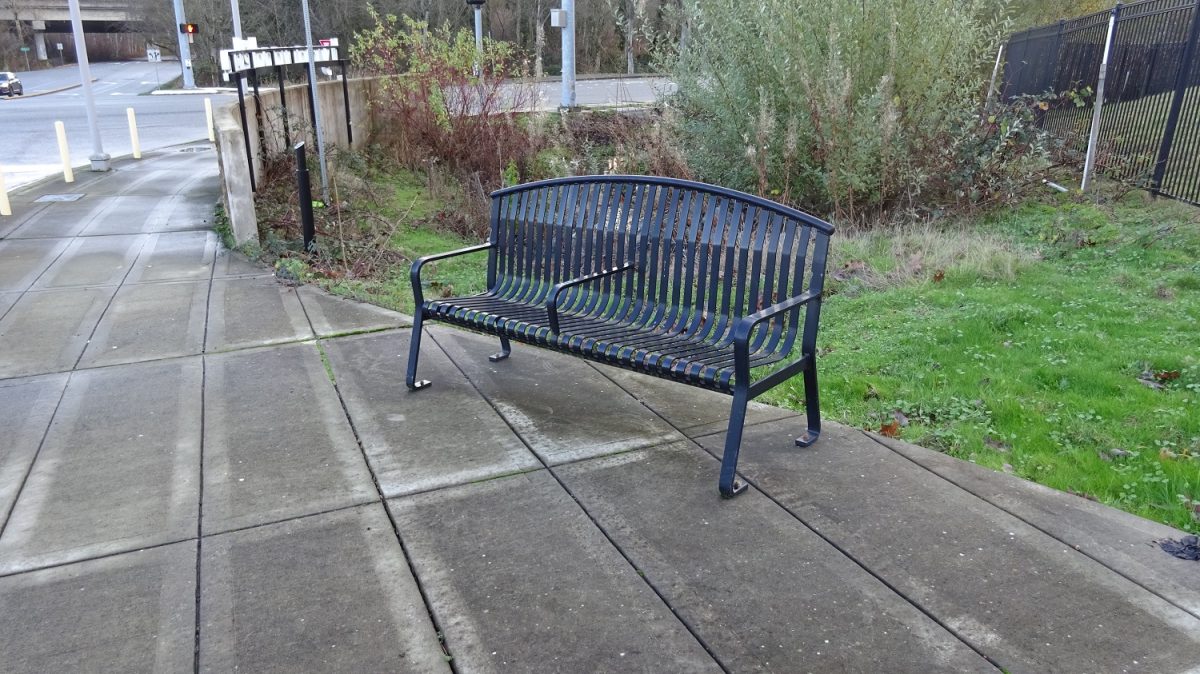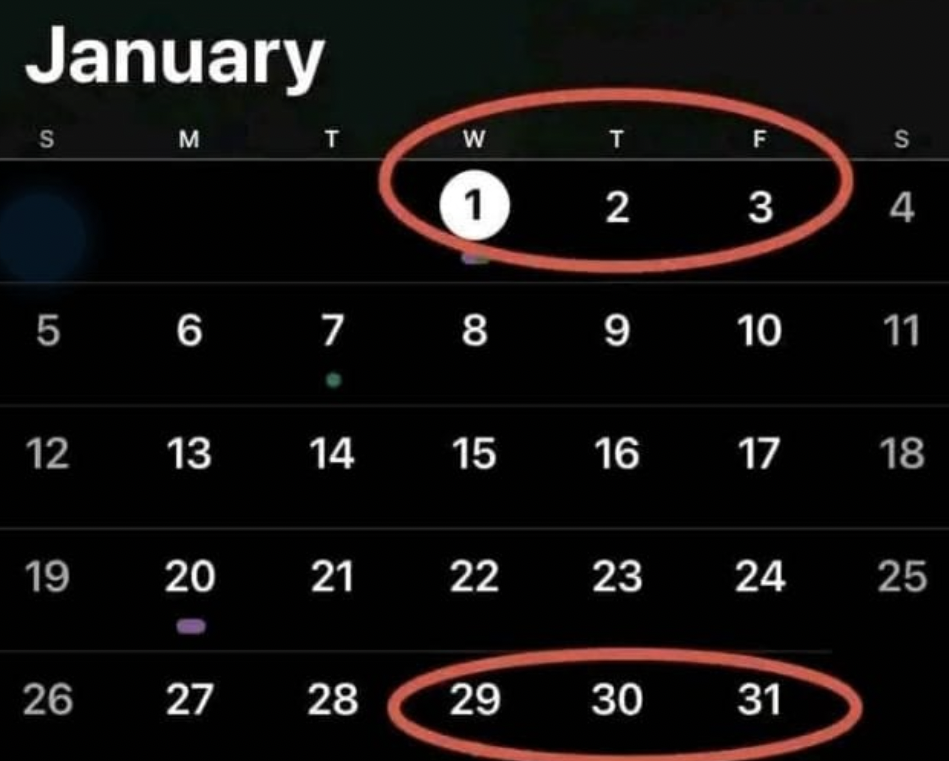While walking downtown, it’s hard not to notice certain features that seem out of place. Metal bars divide benches, concrete cones sit beneath overhanging umbrellas, spikes line walls at sitting height, and many, many more. For the average person, these make little sense – wouldn’t a bench seat more people if it weren’t divided? Aren’t spikes an ugly addition to an otherwise aesthetically appealing area? Unfortunately, these structures serve a far more sinister purpose than to beautify cities nationwide. Hostile architecture, or defensive architecture, discourages the use of a space in any way not permitted by the owner. In theory, the only person using a space should be the owner, so the architecture is nothing more than a style choice. However, in public spaces and on the streets, hostile architecture targets the homeless community, purposefully making spaces uncomfortable or inaccessible.
The main issue stems from the fact that these structures serve to make life harder for the homeless population – a group disproportionately represented by members of the LGBTQIA+ community, individuals with mental illnesses, and those from poorer communities. These structures make activities like standing, sitting, and sleeping in public much more difficult for the homeless, who already face a lack of housing and safe places to rest. The homeless population highlights the failings of the welfare and relief systems in Corpus Christi that are supposed to ensure people have resources if they end up on the streets. The presence of homeless people reveals the shortcomings of the shelters and safety nets in place – but hostile architecture, while it attempts to ensure the public doesn’t see the homeless population, doesn’t actually solve the issue of people living on the streets. Instead of using public funds to maintain safe, clean shelters or school programs for the homeless, the city’s funds are invested in hostile architecture, making public spaces accessible only for those who can afford it.
Anti-homeless architecture makes existence harder for the homeless, so take note of it when you see it and consider contacting the city or Corpus Christi, available online. Even spreading awareness can make the city a more livable place for everyone, so keep your eyes and minds open! Learn more about hostile architecture here!





